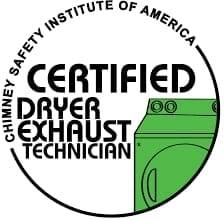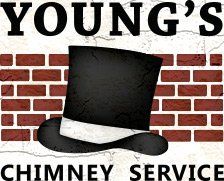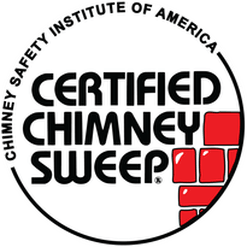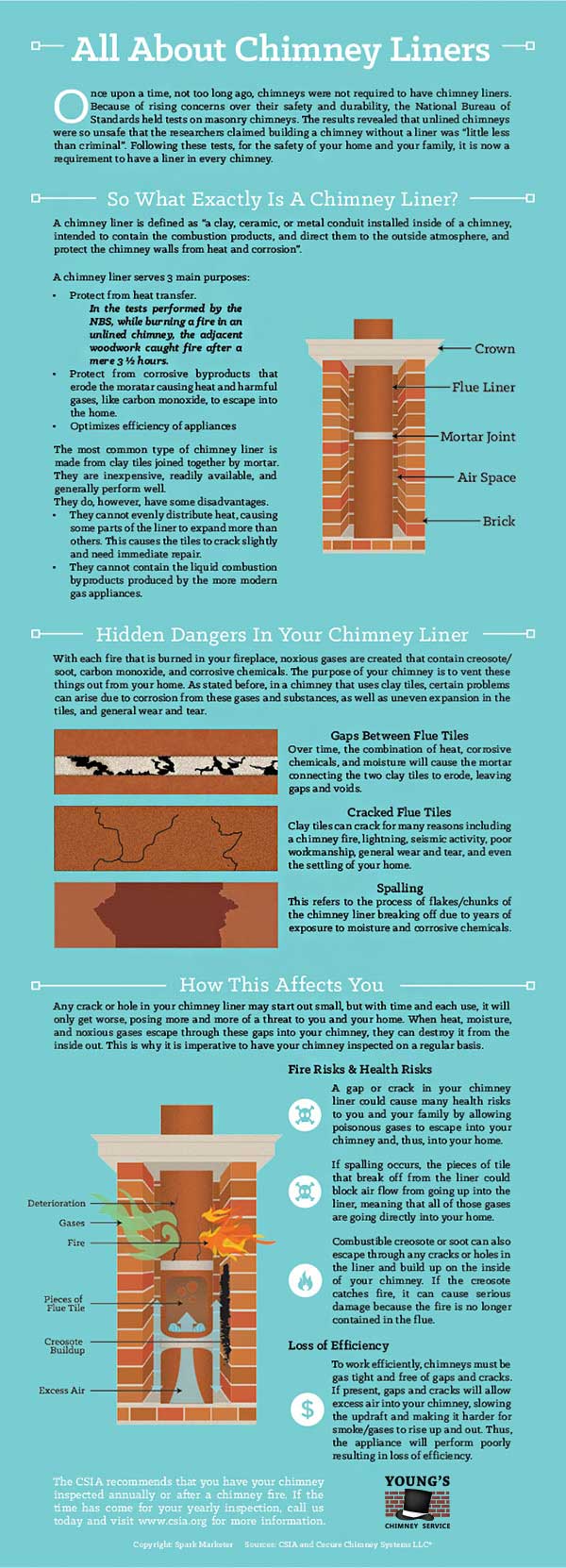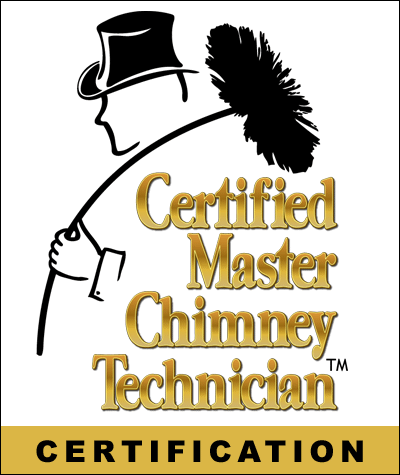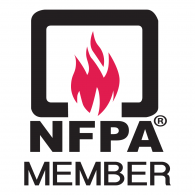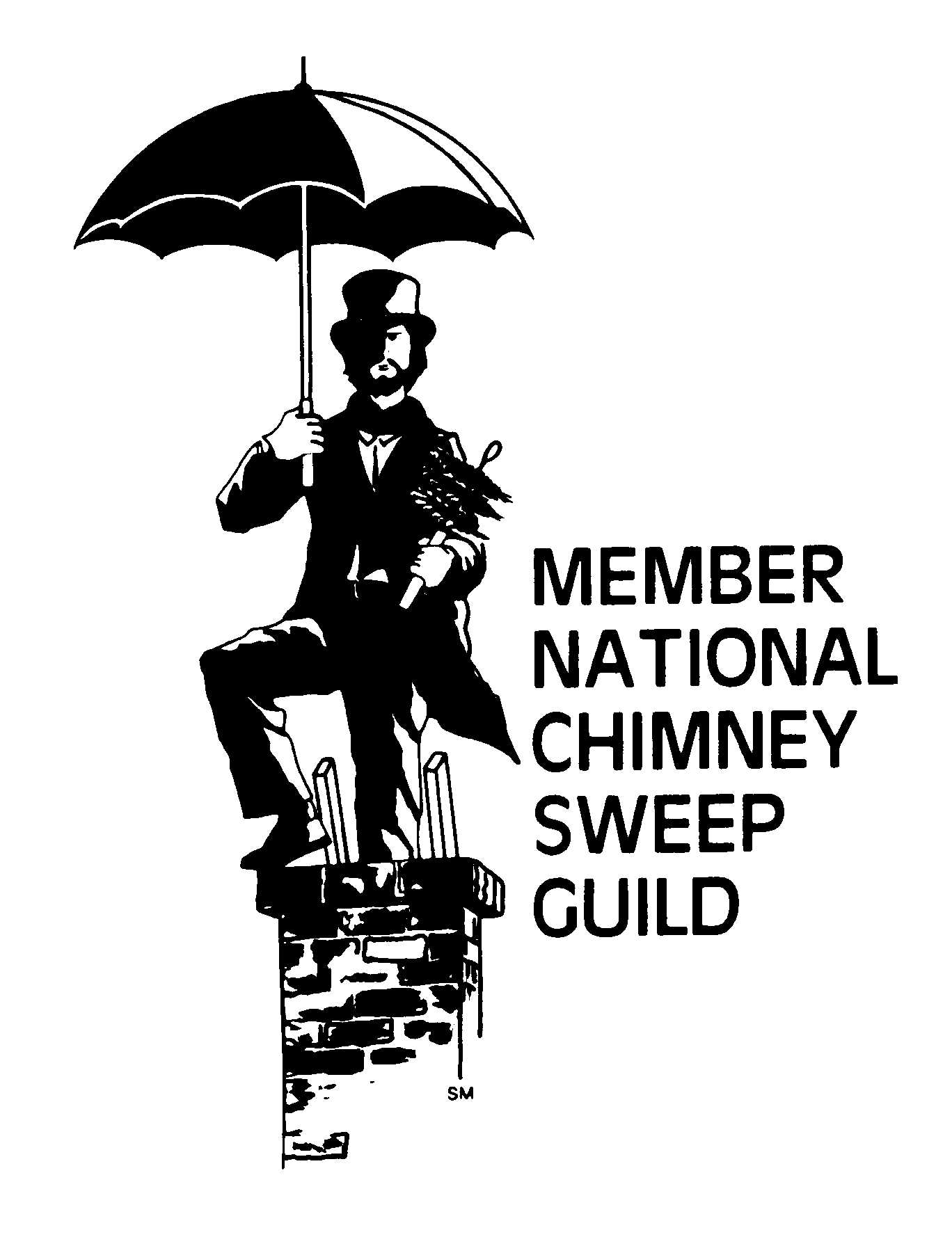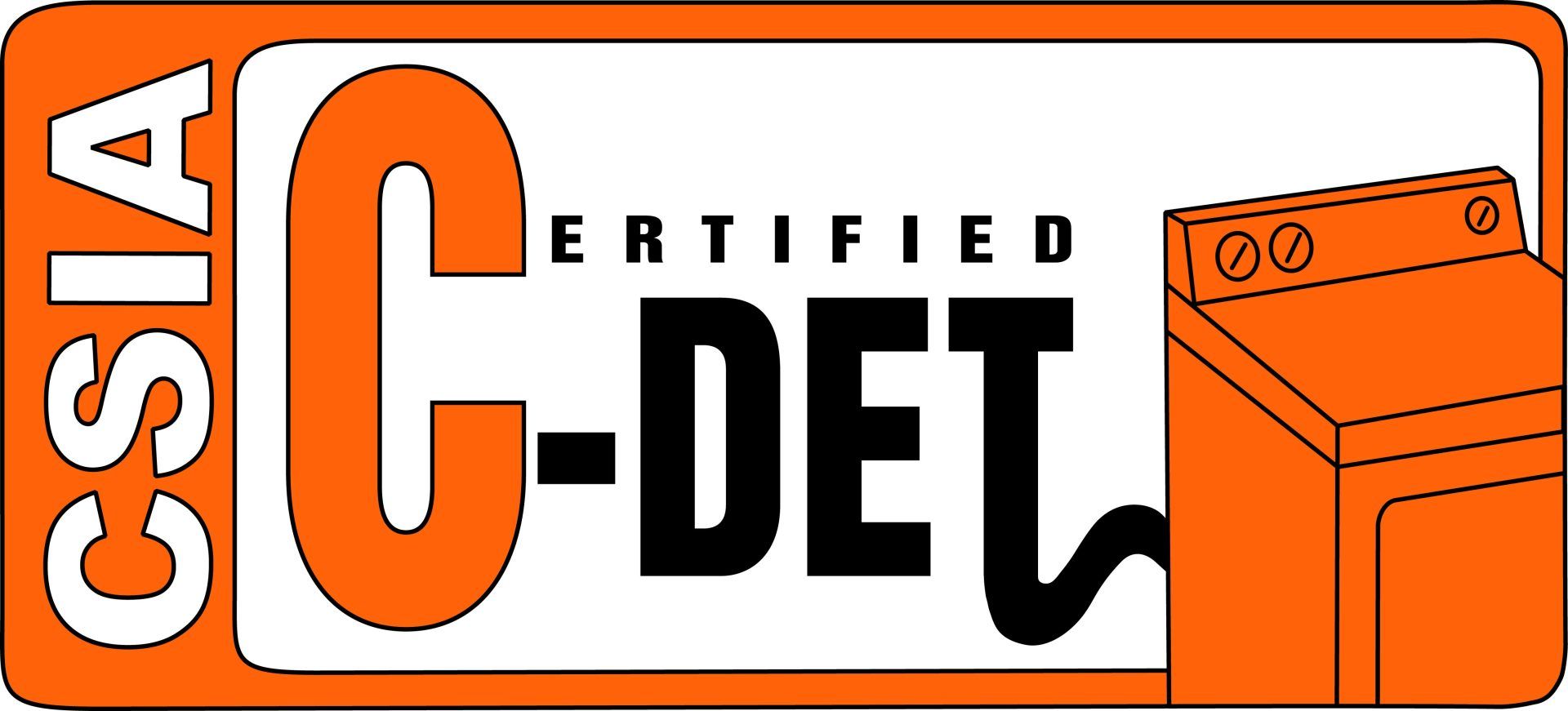Chimney Rule: No Animals Allowed
- By George Elias
- •
- 23 Jun, 2014
- •
Animals in your chimney can cause huge problems. They can bring an assortment of parasites with them and, at the same time, can cause a blockage in your chimney that could ultimately result in dangerous (and potentially deadly) byproducts of combustion being unable to travel up and out of your chimney. Most birds, squirrels, and other animals will die in the chimney; only raccoons, bats, and chimney swifts are capable of getting themselves out of the chimney once they’ve gotten themselves in.

Why are animals attracted to your chimney in the first place?
Animals are drawn to your chimney because it acts as a perfect nursery for them. In the wild, these same animals could very well search out a tall, hollow tree (which is quite similar in many ways to your chimney). Both provide a safe place for their young seeing, providing a location in which it makes it very difficult for predators to get to and harm them.
How can I prevent these animals from entering my chimney in the first place?
Placing a chimney cap on your chimney is the best way, by far, to prevent animals from entering and nesting inside your chimney. A cap with wire mesh that is small enough to keep even the smallest of pests out (e.g. bats), while at the same time large enough to allow the harmful combustion byproducts (e.g. carbon monoxide) to escape is the ideal solution.
What types of chimney cap materials are available?
Chimney caps come in a variety of materials (e.g. copper, stainless steel, aluminum) and can be simple or ornate. Stainless steel caps generally give homeowners the most bang for their buck, as they are not impacted by the elements as much as are the other materials. Aluminum caps can and will eventually rust and need to be replaced. Shiny and more-expensive copper caps will slowly weather and eventually end up the same color as the State of Liberty due to weathering, although some homeowners may actually prefer this natural patina and will be willing to fork over the extra money for it. The selected material is purely a personal preference.
Animal carcasses and their nesting materials can block off (partially or fully) the flue, which creates a dangerous situation in which carbon monoxide and other lethal gases are unable to vacate the home safely. Hence, keeping animals out of your chimney is crucial! The chimney professionals at Young’s Chimney Service are always here to help keep your chimney functioning safely and efficiently for as long as possible. We know how hard it can be to trust someone with the safety and well being of your home and family. But with Young’s, you can rest assured that your family will be taken care of as if it were ours.
Animal carcasses and their nesting materials can block off (partially or fully) the flue, which creates a dangerous situation in which carbon monoxide and other lethal gases are unable to vacate the home safely. Hence, keeping animals out of your chimney is crucial! The chimney professionals at Young’s Chimney Service are always here to help keep your chimney functioning safely and efficiently for as long as possible. We know how hard it can be to trust someone with the safety and well being of your home and family. But with Young’s, you can rest assured that your family will be taken care of as if it were ours.
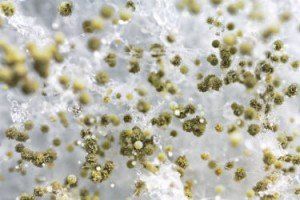
Do you have a stinky chimney on your hands? Or perhaps you see mold or signs of water damage on or around your chimney? Are you suffering from allergies that you believe may be attributed to chimney mold? Those of us at Young’s Chimney Service see mold accumulate not only inside the chimneys we care […]
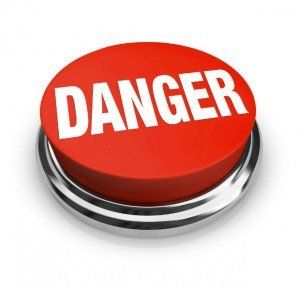
Known as the “silent killer,” carbon monoxide can enter your home from many different sources, and you will never know because you will not be able to smell or see it, even at deadly high levels. According to the U.S. Consumer Product Safety Commision (CPSC), approximately 170 people die, on average, every year in this […]

In the market for anti-aging products? You’re in the right place. That’s what we do. Except that we’re focused on slowing time’s effect on your chimney, not on your face. You see, one thing that you never want to have to face is the prospect of replacing your chimney entirely, especially if it’s a masonry […]

While Florida’s weather makes our fireplace use and maintenance schedule a little different than it is in some other parts of the country, one thing is pretty universal: Spring rains will take their toll on a chimney system that isn’t prepared to withstand them. Really no matter where you are, moisture is the most tenacious enemy […]

When there is a blockage on the road, you find a detour. When there is a blockage in your arteries, you have to have surgery. Chimney blockages are also detrimental, as they cause draft problems and an increased risk of fires. It is important that you hire an experienced chimney sweep to do the inspection. […]

How is ash removed? Should it even be removed? Why should it be removed? What’s going to happen if I don’t remove the ash from my fireplace or wood stove? These are some of the many typical questions our clients ask us every day. We from Young’s Chimney Service would like to take this opportunity […]

Rain may be nice in romantic movie scenes, but in daily life it hinders many activities. Water can also be detrimental to your chimney. This is why having your yearly sweep and inspection is so important. While doing this, technicians will be able to make sure there are no cracks in the structure, which could […]
